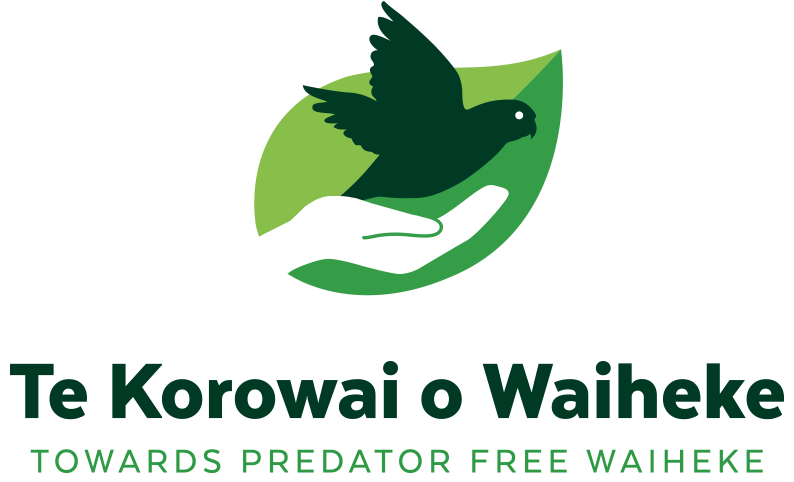The islands of the Hauraki Gulf / Tīkapa Moana o Hauraki — Motuihe Island
Spreading over more than one million hectares, the sparkling waters of the Hauraki Gulf are home to many special islands - from the iconic dome of Rangitoto to the island sanctuary of Tiritiri Matangi - each island has its own fascinating history and distinctive natural beauty.
Many of Waiheke’s neighbours are already predator-free and looking at how the wildlife on these islands has prospered - gives us a good idea of what would happen on Waiheke.
#1 - Motuihe
Motuihe Island, Hauraki Gulf
Lying gracefully between Waiheke and Rangitoto - many islanders will be familiar with the sight of Motuihe and its long sandy beaches - but what do we know about this beautiful island which has been pest free since 2005.
Motuihe / Te Motu-a-Ihenga (the island of Ihenga) - named after the Maori chief Ihenga - has had a fascinating and varied history. Maori settlement on the Island goes back as far as the 13th Century, with at least two pa fortifications known on the island.
The island has been a quarantine station for smallpox and influenza, and also an internment camp for German prisoners during the first World War .
It was then converted into a naval training base - HMNZS Tamaki. It stayed that way until the naval base was moved to the North Shore in 1963. Motuihe then reverted to it’s primary use as a farm, right up until the stock was removed to make way for the restoration of native bush in 2005.
In 1987 the Department of Conservation formed - and took over control of the island. Deforestation, farming and the introduction of rats and rabbits had left a huge mark on the island's flora and fauna - the eradication of rats and mice in 1996 was a significant step in starting to reverse that damage.
In 2000, the Motuihe Restoration Project began - a partnership between the Motuihe Trust and the Department of Conservation in consultation with local iwi. The project was inspired by the vision of the island's resident concessionaire - Ronnie Harrison - to make Motuihe a natural, native environment of forests, beaches and wetlands and a sanctuary for endangered birds and insects.
Korimako (bell bird) by Janice Chen
It was promising that seeds from mature native trees that had survived were available to plant, and return the island to its former glory. However initial replanting efforts were thwarted with the island's resident rabbit population destroying any saplings planted. Hence in 2003 the island was closed for a successful three month rabbit eradication effort - which culminated in trapper Don Thompson shooting the last rabbit.
Since 2003 the planting of hundreds of thousands of native trees and plants has seen most of the island regenerate into bush with species similar to what is likely to have been present before farming began on the island. Along with the absence of introduced predators - this bush has provided the ideal environment for the introduction of many native birds, these have included:-
Kākāriki (red fronted parakeets) brought from Little Barrier Island.
Kiwi pukupuku (little spotted kiwi) - NZ’s smallest kiwi translocated from Kapiti island.
Tīeke (saddleback) - translocated from Tiritiri Matangi, these distinctive birds with their red wattles are now commonly seen and heard across the island.
Korimako (bell bird) - now increasing in numbers since being translocated from Tawharanui and Tiritiri Matangi in 2010. Korimako are most well known for their song which Captain Cook described as sounding ‘like small bells exquisitely tuned’.
Pōpokatea (whitehead) - also translocated from Little Barrier - it is a wonderful sight to see flocks of this little songbird fly through the forest canopy.
As these birds become established and flourish they also play an important role in further regenerating the forest through pollination and the dispersal of seeds.
Motuihe has undergone massive transformation over the last two decades - transforming from farmland and a playground for pests to an amazing sanctuary for New Zealand's native wildlife.
The project has required a huge effort from the community, iwi, and sponsors, to the thousands of volunteers that continue to help to this day.


